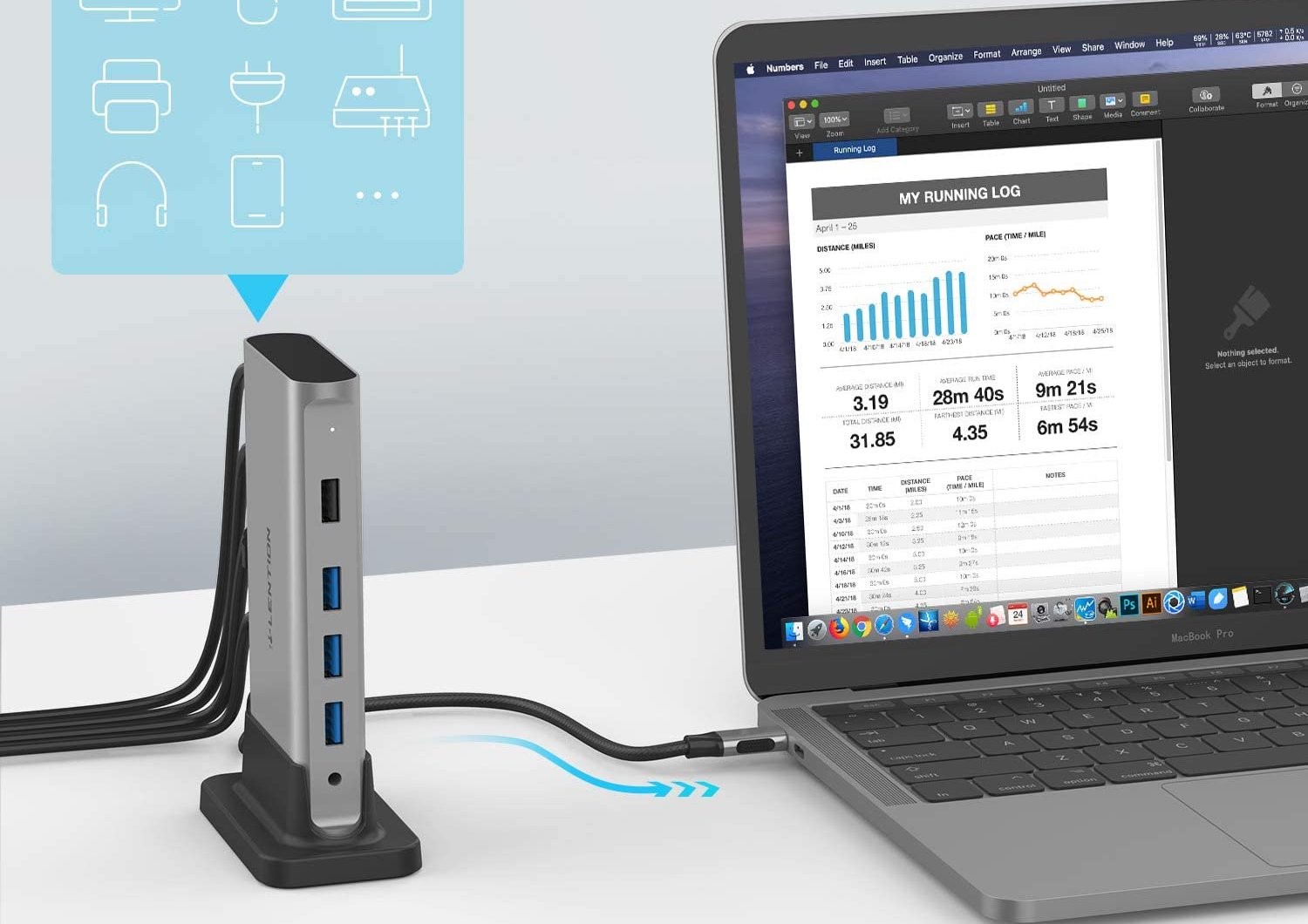For a long time, Apple Computers have been essentially designed to help cater to creative professional, especially when it comes to photo and video editing. In fact, it is for this reason that many Mac owners often utilize usb c multiport hub, as they allow users to connect multiple devices at once while working on their creative projects. However, the problem is that many industry-leading programs like Adobe Premiere, After Effects, and even Final Cut Pro don’t come cheap.
Fortunately, there’s a number of useful and also free video editing apps that one can use that will do the job just as well. And while some are perfect for beginners, they will also satisfy experienced video editors due to the impressive features that are on offer.
1. iMovie
iMovie is Apple’s own pre-installed video editor that comes with almost every Mac and with the iPS version also free to iPhone and iPad users, the software can also help those who need to quickly create and edit videos that are stored in their Photos library. Moreover, despite its level of linear editing and its basic UI, the software actually has a well-optimized piece of software that is able to handle 4K video, not to mention, green screen compositing as well.
Furthermore, the tool also offers picture-in-picture video as well as extra video effects in the form of slow-motion or fast-forward. It also lets you generate titles, as well as drag-and-drop transitions, among other features. The app also provides built-in music and sound effects and even allows users to export their edited videos directly to YouTube at up to 4K resolution. Alternatively, you can always connect a usb c multi hub and transfer the video files to other multiple external devices as well.
2. DaVinci Resolve
DaVinci Resolve is a high quality video editor, whose premium plan will set you back almost $1,000, but the basic version is completely free. However, users still get a powerful video editor, one of the best editors that provides excellent color correction capabilities and it even offers support for external hardware panels which speeds up the editing process.
The only issue is that since it is the basic version, it does come with its limitations. For instance, it can only output content in SD, HD or Ultra HD, but then again that is often efficient for many users. Also, it tends to place limits on its advanced grading and tracking tools. It also has a steep learning curve, so it may take time for beginners to get used to it, but even at its basic version it is still one of the most powerful video editors in the market. Moreover, if you are the type that often likes to edit with a wide amount of space available to them, then you can always make use of a mini displayport to thunderbolt 2 and expand your viewing experience by connecting an extra monitor to two to your Mac.

3. OpenShot
This is a cross-platform, open-source editing tool that has been in the game for over a decade and was originally designed with the intention of providing a free, and easily accessible program. Till now, the software still remains well updated and over the years, its feature list has significantly grown over the years offering a wide range of support for multiple video formats, keyframes, and a heap of extra features any user would expect from a modern video editor.
4. Shotcut
This video editor’s feature list is almost as impressive as OpenShot, but the advantage that its user interface is way better visually speaking. In fact, it vey much resembles a premium paid video editor than a free one, offering numerous video files and formats, including 4K, and DNxHD. It also offers fantastic audio support as well as an impressive list of video effects, not to mention a flexible UI.
It also provides a few extended features such as 5.1 surround sound, as well as a wide range of video and audio filters. Plus, even if you re a beginner, you can quickly get used to the tool by going through the various video tutorials that have been made available on the Shotcut website.
5. Blender
This is a useful 3D-modeling and compositing editing tool that is often utilised by a number of professionals when handling some high-profile productions, provided you are willing to take the time to learn how to use it properly. The blender tool can be used to cut and splice video, input adjustment layers, transitions, filters, as well as mix and sync audio. In other words, while you won’t use it to edit an entire film, it does provide you with the necessary tools for basic editing tasks, all at no cost.
Read Also: 5 Mistakes to Avoid When Editing Videos

